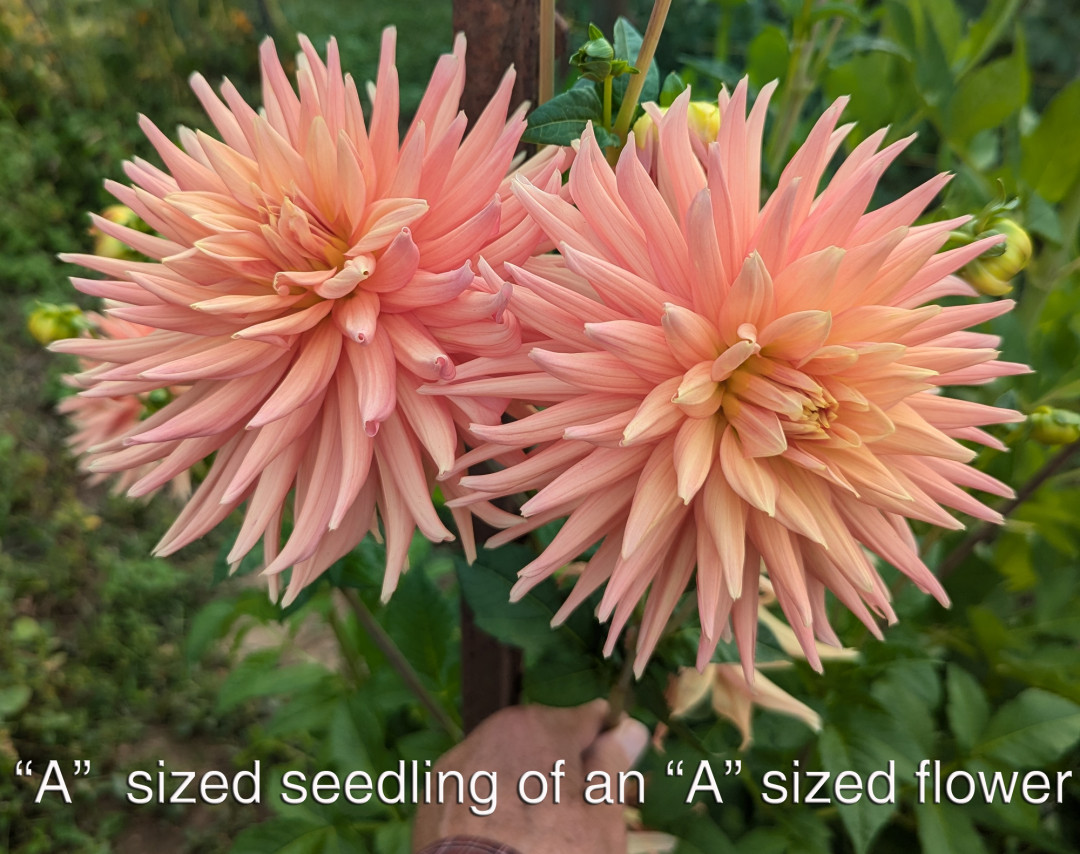The subject of this thread is increasing seed production. It should be how to increase seed production from the best varieties used for breeding. Anybody can get a few hundred thousand seeds if they plant trash flowers . I literally left that many seeds on the plants this year of varieties that are not good seed parents or we already had plenty of seeds.
We have talked about hand crossing and that is not a method to get more seeds but is a method to get the right seeds. Enough on hand crossing.
Seed production from bee pollinated plants was incredible this year. Perfect weather in the Fall contributed but also remember we are not just randomly planting flowers we like and expecting seeds. We have identified varieties that make seeds and produce good seedlings. Most dahlia varieties are poor seed makers. Most dahlia varieties have genetics we do not want.
For larger flowers, I used to scoff that removing florets so that the bees can more easily access the disc center was a waste of time. Over the last 5 year or so, I have found that it is about the only way to get seeds from many large and giant varieties. Margaret told me so and I became believer when I got 15 or so seeds from a variety that had no seeds for the 5 years prior. That was about 4 years ago and I have spent more and more time removing florets. This year was the best year ever for seeds from large and giant dahlias. It is not a miracle procedure as for example Show-N-Tell did not have any seeds despite the removal of florets. It increases seed production for varieties that have the potential to make seeds.

My first seedling from an "A" sized flower that did not make seeds until I removed florets. It is nice enough to sell or place into a trial garden.
